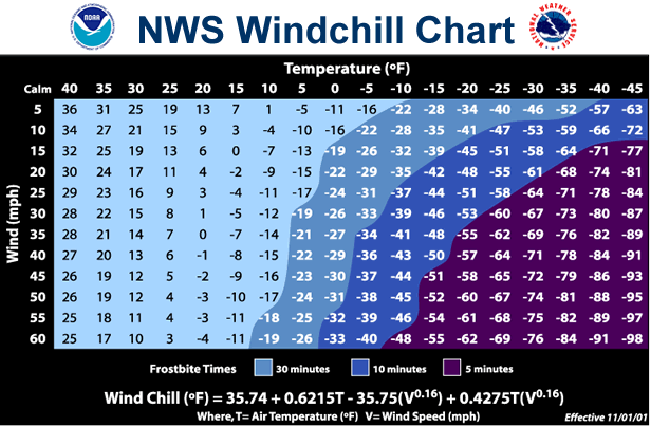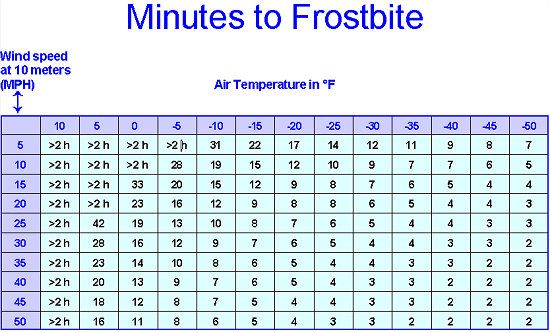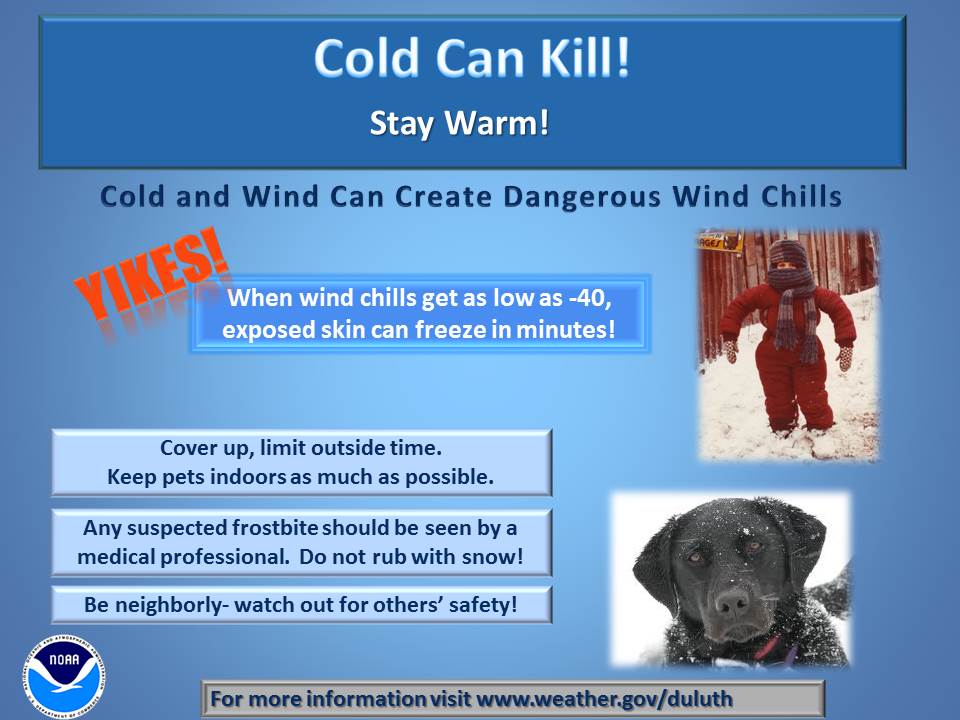
Just How Dangerous Are Frigid North Dakota Temperatures?
With the first truly cold blast of the year upon us, let's take a dive into how extreme cold can affect us in North Dakota and how we can protect ourselves from it.

Frostbite or hypothermia can result from cold exposure and can be fatal. The most vulnerable groups are infants and the elderly. Various regions of the nation have varied definitions of extreme cold. Near-freezing temperatures are regarded as quite chilly in the southern United States.
Complications of frostbite
If some of your tissue dies, the dead tissue will no longer have a blood supply. This can make the affected body part very vulnerable to infection because your body relies on white blood cells to ward off infections.
People with frostbite are at risk of bacterial wound infections, such as tetanus. More seriously, this infection can spread into the blood (sepsis), which requires treatment with antibiotics. Both conditions require hospital admission.
Hypothermia
Severe frostbite is often associated with hypothermia, which is a dangerous drop in body temperature below 95F.
Initial symptoms can include:
- constant shivering
- tiredness
- low energy
- cold or pale skin
- fast breathing (hyperventilation)
Someone with severe hypothermia may be unconscious and have shallow breathing and a weak pulse.
The rate at which low temperatures and wind combine to cause the human body to lose heat is referred to as wind chill. The speed at which heat is removed from the body by increasing breezes causes the skin's temperature to drop and ultimately the body's core temperature. Wind cold also affects cars, plants, and other objects, but not animals.
To determine wind chill depending on temperature and wind speed, use the wind chill chart below. The length of time it will take for exposed flesh to get frostbitten is indicated by the shaded areas. You can find the frostbite times based on temperature and wind speed on the bottom chart.
 |
 |
What causes frostbite?
The body responds to cold temperatures by narrowing the blood vessels. Blood flow to the extremities slows down, so flow to the vital organs can be increased.
As the blood is redirected away from the extremities, these parts of the body get colder, and fluid in the tissue can freeze into ice crystals.
The ice crystals can cause severe cell and tissue damage in the affected area. The low blood flow also deprives the tissues of oxygen. If blood flow can't be restored, the tissue will eventually die.
When the body temperature falls to less than 95°F, hypothermia sets in. It is lethal. Renal, hepatic, and pancreatic issues are likely to persist in the survivors. Uncontrollably shaking, memory loss, confusion, incoherence, slurred speech, tiredness, and seeming fatigue are warning indicators.
Assess the individual's temperature. If it's less than 95°F, get medical help right away!
If medical assistance is not available, gradually reheat the patient's body, beginning at the core. Cold blood is drawn towards the heart when the arms and legs are first warmed; this might result in heart failure.
Apply heat from your body to assist if needed. Change the person into dry clothes and cover the head and neck with a warm blanket. Give the person no coffee, alcohol, narcotics, or hot meals or beverages. The first food served is warm broth.
Click this link for more https://www.cdc.gov/disasters/winter/staysafe/hypothermia.html

To keep yourself safe this winter, follow these steps from NOAA:
Dress For The Cold:
Wear layers of loose-fitting and lightweight clothing. Trapped air between the layers will insulate you.
- If doing strenuous outdoor activities, avoid wearing cotton. Once wet, cotton takes a long time to dry
and will sap your heat. Use synthetic fabrics that wick moisture from your skin and dry quickly. - Outer garments should be tightly woven, water-repellent, and hooded.
- Wear a hat, because 40% of your body heat can be lost from your head.
- Cover your mouth to protect your lungs from the extreme cold.
- Mittens, snug at the wrist, are better than gloves.
- Try to stay dry and out of the wind.
When Traveling:
Always prepare for the worst!
- Your vehicle's winter survival kit should include warm clothes, boots, blankets, a flashlight with extra batteries, candy bars, or ceral bars. Here is a good list from ReadyWisconsin.
- Always carry a charged cell phone and tell others of your travel plans.
30 Rockers Who Died Before 30
Gallery Credit: Corey Irwin
50 Country Albums Turning 50 in 2024
Gallery Credit: Billy Dukes
More From KEYZ AM 660









